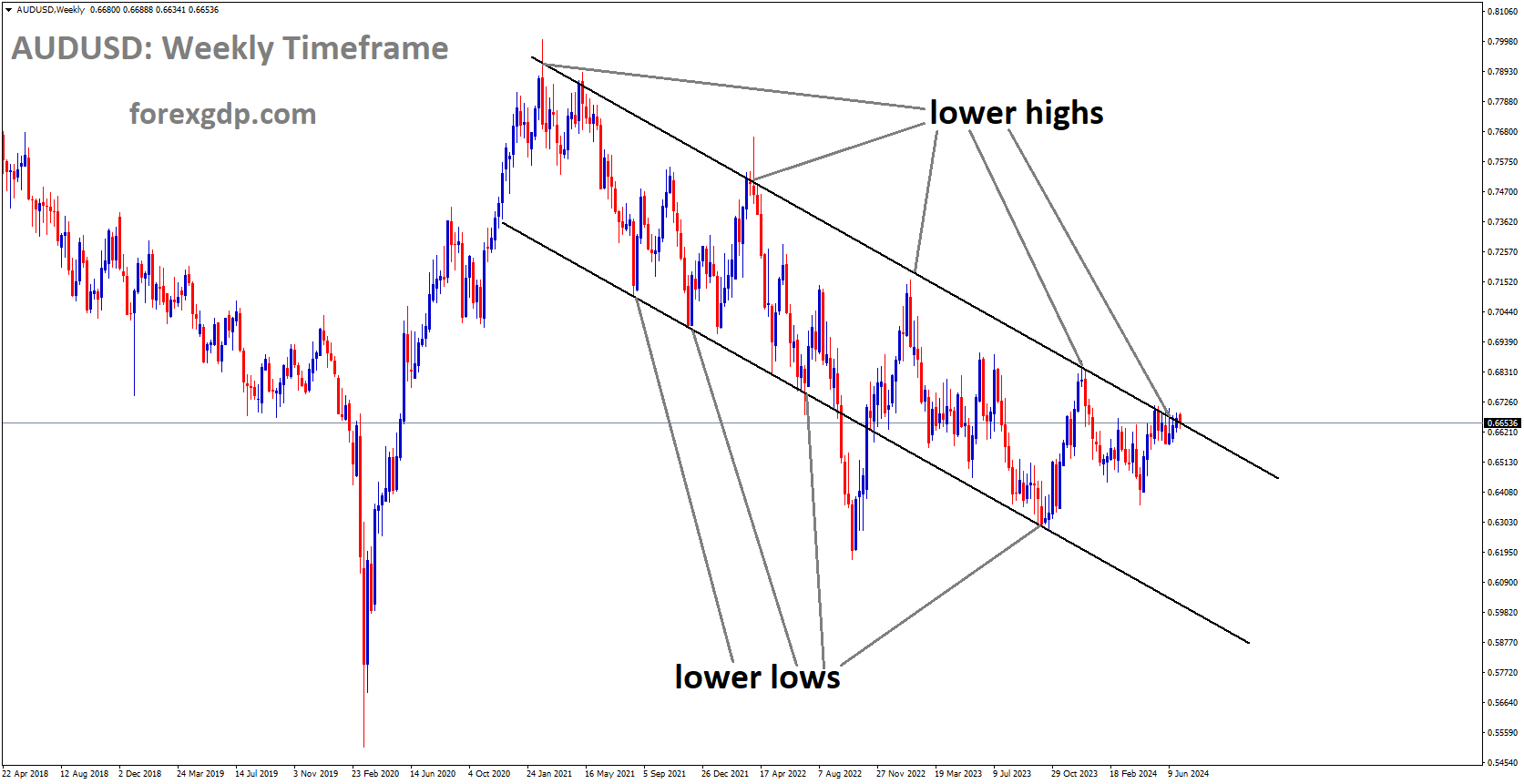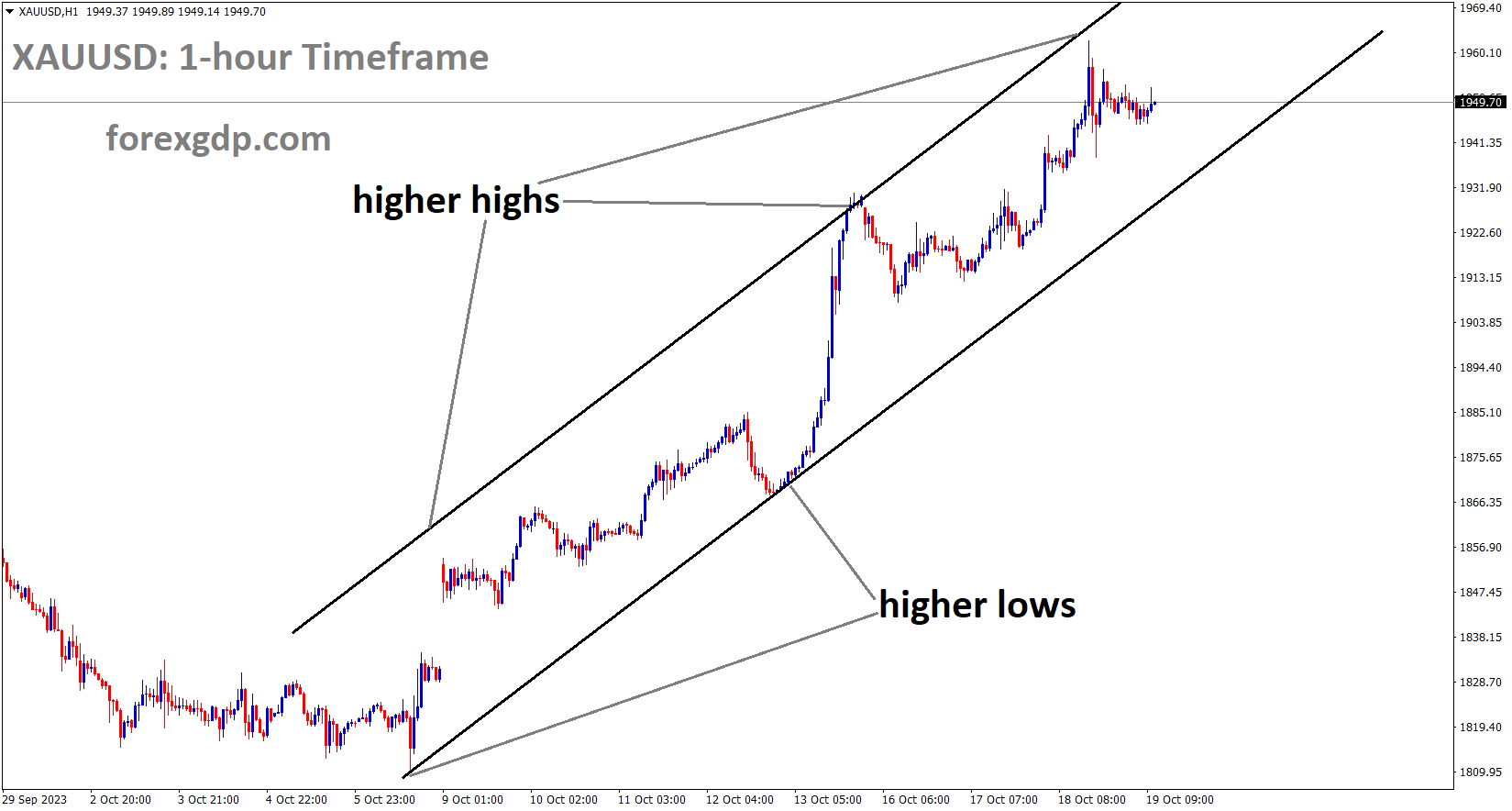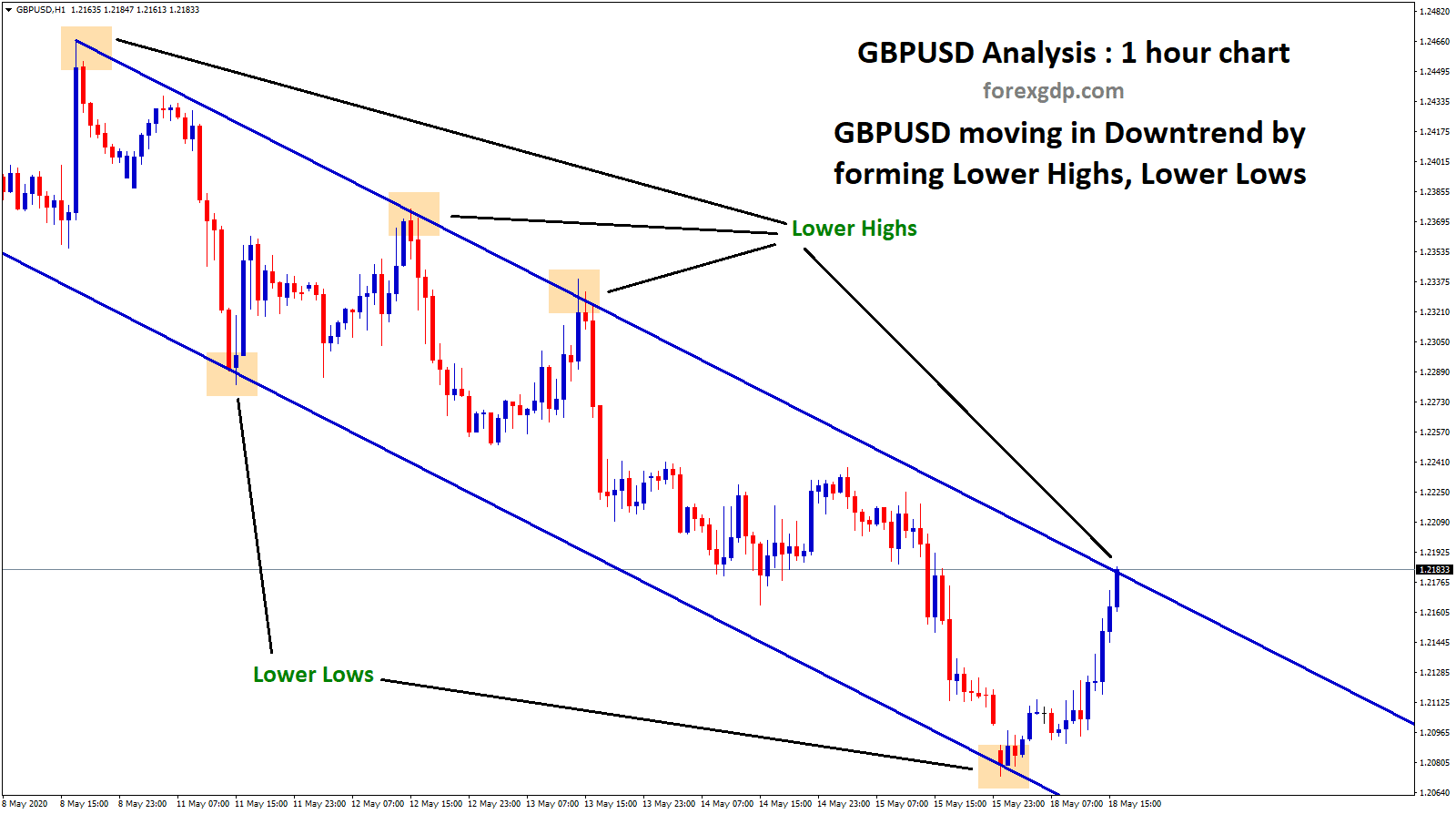AUDUSD is moving in box pattern
The Australian Dollar Slips Amid Falling Commodity Prices and Economic Shifts
The Australian Dollar (AUD) is feeling the pressure lately, especially after the Reserve Bank of Australia’s (RBA) latest data. This piece will dive into why the AUD is losing ground, what the RBA is saying, and how global economic shifts, particularly in the US and China, are impacting Australia’s currency.
The Impact of Falling Commodity Prices on the Australian Dollar
One major factor contributing to the AUD’s decline is the drop in the RBA’s Index of Commodity Prices. In June, the index fell by 4.1% year-on-year. While this may seem technical, it essentially means that the prices of key commodities that Australia exports have decreased. This is important because Australia relies heavily on commodity exports like iron ore and coal, which means that a drop in their prices can significantly impact the economy and, consequently, the value of the AUD.

Why Do Commodity Prices Matter?
Commodities are Australia’s bread and butter. When their prices fall, it means less revenue for the country. This can lead to slower economic growth, which investors don’t like. When investors see slower growth, they might sell off their AUD investments, leading to a drop in the currency’s value. This is part of what’s happening right now.
RBA’s Stance and Economic Concerns
The RBA recently released minutes from its June monetary policy meeting, shedding light on their current stance. The key takeaway? The RBA is being very cautious. They decided to hold interest rates steady rather than hiking them, primarily because they’re worried about inflation risks.
Inflation and the RBA’s Caution
Inflation is like the bogeyman for central banks. Too much inflation can erode purchasing power and destabilize the economy. The RBA noted that data from May suggested there were upside risks to inflation. This means that prices could rise more than expected, which is a concern because it could necessitate more aggressive interest rate hikes in the future.
Impact on Everyday Australians
For the average Australian, this cautious approach by the RBA means that interest rates might stay the same for a while, which could be good news if you have a mortgage. However, it also means that the economy might not grow as quickly as hoped, which could affect job opportunities and wage growth.
Global Influences: The US Dollar and Chinese Economic Moves
It’s not just local factors weighing on the AUD. Global economic shifts are playing a big role too, especially moves in the US and China.
The Rising US Dollar
The US Dollar (USD) has been appreciating, thanks in part to higher US Treasury yields. Essentially, investors are getting better returns on their investments in the US, which makes the USD more attractive. There’s also a lot of talk about the US Federal Reserve potentially reducing interest rates in 2024, which could further strengthen the USD. When the USD strengthens, currencies like the AUD often weaken in comparison.

AUDUSD is moving in Descending channel and market has reached lower high area of the channel
China’s Economic Strategies
China is a massive trading partner for Australia, so what happens there can significantly impact the AUD. Recently, there have been discussions about the People’s Bank of China (PBOC) considering measures to inject liquidity into the market, such as reducing the reserve requirement ratio (RRR). If China takes steps to boost its economy, it could affect demand for Australian exports, which in turn influences the AUD.
The RBA’s Future Moves and Economic Indicators to Watch
Looking ahead, there are several key economic indicators and potential moves by the RBA that we should keep an eye on.
Melbourne Institute’s Inflation Gauge
The Melbourne Institute’s Monthly Inflation Gauge is one such indicator. It recently showed a 0.3% increase in June, maintaining the same pace as May. This continued rise in inflation is concerning because it suggests that the RBA might need to raise interest rates again soon to keep inflation in check.
Manufacturing PMI Insights
Another important metric is the Purchasing Managers Index (PMI) for manufacturing. Both Australia and the US have seen declines in their PMIs, which indicates a slowdown in the manufacturing sector. In Australia, the PMI dropped to 47.2 in June, down from 49.7 in May. In the US, it fell to 48.5 from 48.7. These figures are below 50, which suggests contraction rather than growth.
What This Means for Forex Traders
For those trading forex, these shifts can present both challenges and opportunities. The decline in the AUD could mean potential gains for those trading the currency against stronger currencies like the USD. However, it also means staying vigilant about economic indicators and central bank announcements, as these can quickly shift the market dynamics.
Staying Informed and Strategizing
Keeping an eye on speeches from key figures like the Federal Reserve Chairman or the RBA Deputy Governor can provide insights into future policy moves. For instance, recent comments from the Federal Reserve Bank of San Francisco President indicated that while monetary policy is working, it’s still too early to tell when it will be appropriate to cut interest rates.

Summing It All Up
The Australian Dollar’s recent struggles can be traced back to a combination of falling commodity prices, cautious moves by the RBA, and significant global economic shifts. For everyday Australians, this means a slower economy and potential impacts on jobs and wages. For forex traders, it’s a reminder to stay informed and ready to adapt to rapidly changing market conditions. By understanding these factors, you can better navigate the complexities of the forex market and make more informed trading decisions.
Don’t trade all the time, trade forex only at the confirmed trade setups
Get more confirmed trade signals at premium or supreme – Click here to get more signals , 2200%, 800% growth in Real Live USD trading account of our users – click here to see , or If you want to get FREE Trial signals, You can Join FREE Signals Now!





